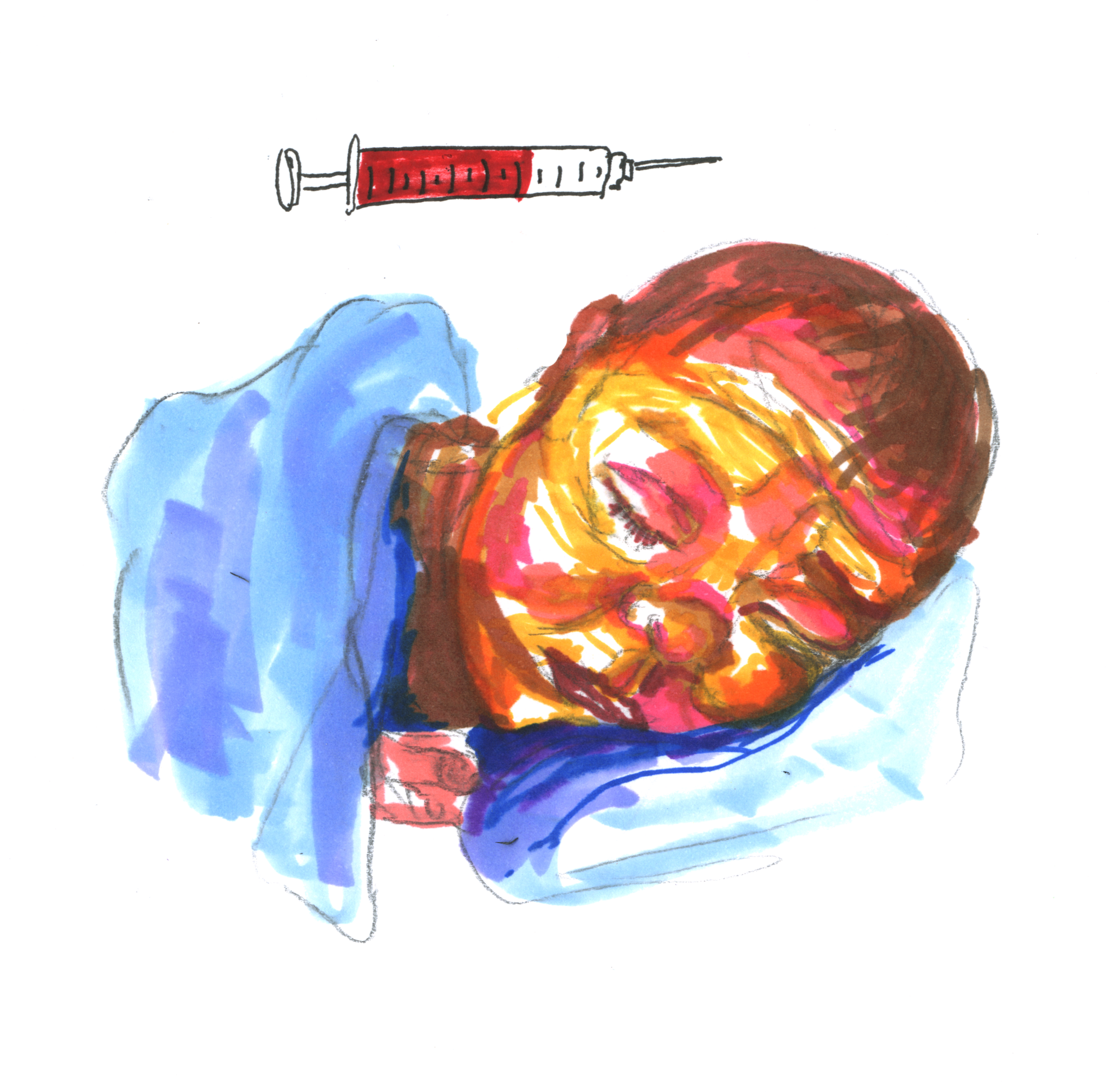
Valerie Navarette
Ofer Levy ’88, professor of pediatrics and director of the Precision Vaccines Program at Harvard Medical School, was always interested in the biological sciences. As an undergraduate at Yale, Levy studied molecular biophysics and biochemistry but also took a substantial number of classes in political science and history. His interest in history and politics guided him towards using science as a tool to bring biomedical benefits to people around the world.
On March 12, Levy and a number of other researchers from the University of British Columbia and the London School of Hygiene and Tropical Medicine published a breakthrough-study in the Nature Communications journal, providing new insight into the molecular changes of newborn infants in their first week of human life.
In the study, the scientists acquired small samples of blood from newborn infants, conducted detailed data analysis and used analysis to establish baselines for understanding changes in newborn health during the first seven days of life.
The first set of samples came from an infant group in The Gambia in West Africa and the second set of samples, which validated the findings of the first data set, came from an infant group in Papua New Guinea, according to Casey Shannon, co-author of the study and a data scientist and computational biologist at the Canadian Prevention of Organ Failure Centre of Excellence (PROOF).
According to Levy, these two areas were selected because the newborns are given several vaccines at birth, including one for polio, tuberculosis and hepatitis B.
“Before we can ask how vaccines alter the newborn body, we have to ask how the newborn body changes during the first week of life,” Levy said. “Using systems biology techniques, we measured changes in genes, proteins and metabolites in the blood of newborns during their first week of life, and found that thousands of molecules are changing.”
According to Shannon, one of the biggest challenges in the study was showing that the team could derive all of the data necessary from the small volume of blood they took from each infant. Shannon explained that the team used approximately one-tenth of the volume of blood that one would usually use for this type of study.
Co-author Scott Tebbutt, professor of medicine at the University of British Columbia and a principal investigator at PROOF, explained that the study’s methodologies could eventually enable researchers to tailor vaccines to individual responses.
“Some babies respond really well to vaccines and we could alter interventions accordingly,” Tebbutt explained. “For example, with the hepatitis B vaccine, we typically deliver three doses, but some people respond well to just one. With this data, we could change the treatment plan to make it more personalized and more precise.”
According to Levy, the study’s researchers are also closely collaborating with Yale. Hanno Steen, director of the proteomics center and associate professor of pathology at Harvard Medical School, is working with Ruth Montgomery, professor in immunobiology at the Yale School of Medicine and assistant dean for scientific affairs at Yale, and Albert Shaw, a professor at the Yale School of Medicine. Steen is working with the Yale professors to find new biomarkers of Lyme disease and to understand the biomarkers of flu vaccine protection.
Levy expects that the methodologies of data acquisition and analysis used in the study will allow for more precise vaccines in the future.
“These tools will give us more insight into how events in life shape our responses to disease. For example, we may find that a particular vaccine formulation works better in the young or the elderly. These will help us develop a deeper understanding of how vaccines protect which we can apply to the next generation of vaccines,” Levy said.
The National Institutes of Health’s Human Immunology Project Consortium program will fund the next steps of this vaccine research.
Madison Mahoney | madison.mahoney@yale.edu







